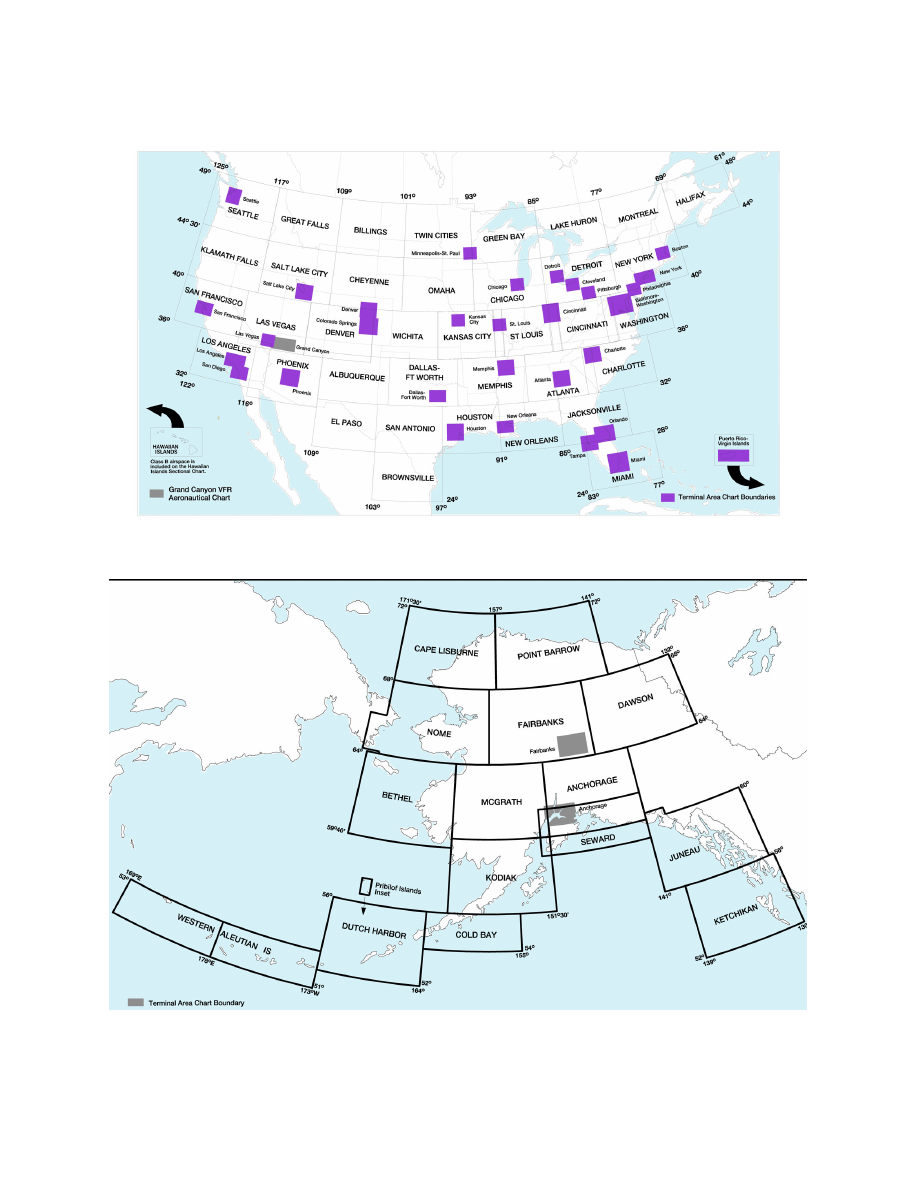
AIM
4/20/23
10
−
2
−
8
Special Operations
(6)
All doors, windows, and access points allowing entry to the interior of the helicopter that are
adjacent to or in the immediate vicinity of the fuel inlet ports kept closed during HRR operations.
(7)
Pilots ensure that appropriate electrical/electronic equipment is placed in standby
−
off position, to
preclude the possibility of electrical discharge or other fire hazard, such as [i.e., weather radar is on standby and
no radio transmissions are made (keying of the microphone/transmitter)]. Remember, in addition to
communications radios, radio transmissions are also emitted by aircraft radar, transponders, ADS
−
B equipment,
radar altimeters, DME equipment, and ELTs.
(8)
Smoking be prohibited in and around the helicopter during all HRR operations.
The HRR procedures are critical and present associated hazards requiring attention to detail regarding quality
control, weather conditions, static electricity, bonding, and spill/fires potential.
Any activity associated with rotors turning (i.e.; refueling embarking/disembarking, loading/unloading
baggage/freight; etc.) personnel should only approach the aircraft when authorized to do so. Approach should
be made via safe approach path/walkway or “arc”
−
remain clear of all rotors.
NOTE
−
1.
Marine vessels, barges etc.: Vessel motion presents additional potential hazards to helicopter operations (blade flex,
aircraft movement).
2.
See
National Fire Protection Association (NFPA) Document 407, “Standard for Aircraft Fuel Servicing”
for
specifics regarding non
−
HRR (routine refueling operations).
10
−
2
−
2. Helicopter Night VFR Operations
a. Effect of Lighting on Seeing Conditions in Night VFR Helicopter Operations
NOTE
−
This guidance was developed to support safe night VFR helicopter emergency medical services (HEMS) operations. The
principles of lighting and seeing conditions are useful in any night VFR operation.
While ceiling and visibility significantly affect safety in night VFR operations, lighting conditions also have a
profound effect on safety. Even in conditions in which visibility and ceiling are determined to be visual
meteorological conditions, the ability to discern unlighted or low contrast objects and terrain at night may be
compromised. The ability to discern these objects and terrain is the seeing condition, and is related to the amount
of natural and man made lighting available, and the contrast, reflectivity, and texture of surface terrain and
obstruction features. In order to conduct operations safely, seeing conditions must be accounted for in the
planning and execution of night VFR operations.
Night VFR seeing conditions can be described by identifying “high lighting conditions” and “low lighting
conditions.”
1.
High lighting conditions exist when one of two sets of conditions are present:
(a)
The sky cover is less than broken (less than 5/8 cloud cover), the time is between the local Moon rise
and Moon set, and the lunar disk is at least 50% illuminated; or
(b)
The aircraft is operated over surface lighting which, at least, provides for the lighting of prominent
obstacles, the identification of terrain features (shorelines, valleys, hills, mountains, slopes) and a horizontal
reference by which the pilot may control the helicopter. For example, this surface lighting may be the result of:
(1)
Extensive cultural lighting (man
−
made, such as a built
−
up area of a city),
(2)
Significant reflected cultural lighting (such as the illumination caused by the reflection of a major
metropolitan area’s lighting reflecting off a cloud ceiling), or
(3)
Limited cultural lighting combined with a high level of natural reflectivity of celestial illumination,
such as that provided by a surface covered by snow or a desert surface.
2.
Low lighting conditions are those that do not meet the high lighting conditions requirements.